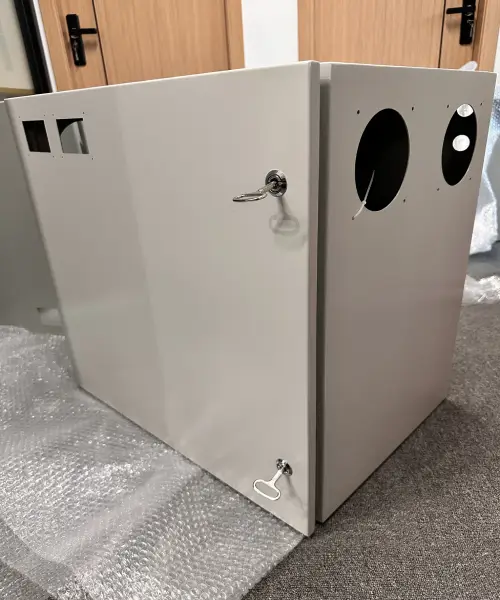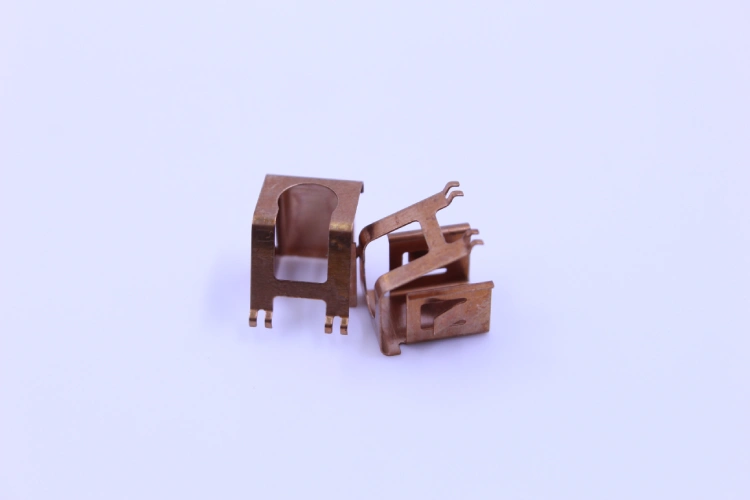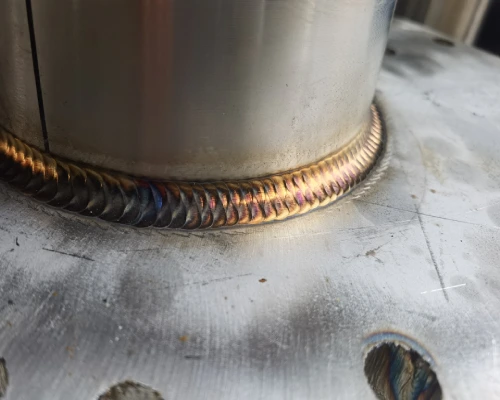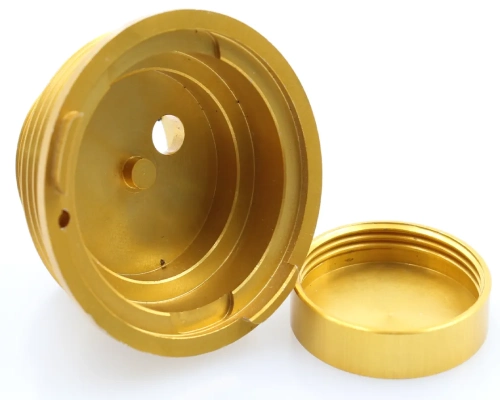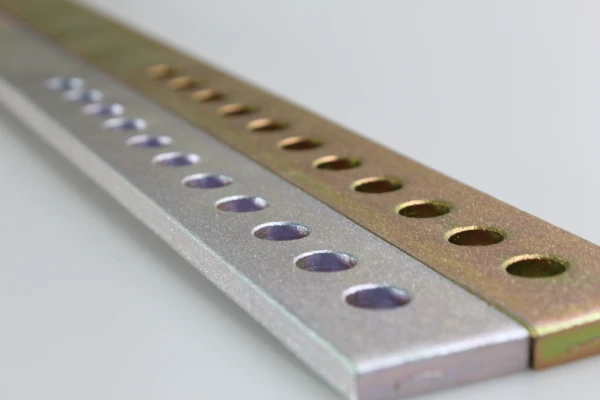In modern manufacturing, selecting the appropriate cutting technology for specific materials and designs is crucial. Among these, Laser Cutting and Waterjet Cutting stand as two dominant technologies. Leveraging high precision and efficiency, they are widely applied in metal processing, aerospace, medical devices, industrial equipment, and other fields. However, their underlying principles differ significantly, as do their suitable materials and application scenarios.
This article provides a systematic analysis of these two cutting technologies. It begins by breaking down the definitions, advantages, disadvantages, and applicable scenarios of Laser Cutting and Waterjet Cutting. Subsequently, a multidimensional comparison clarifies their differences, helping you correctly understand and appropriately apply these cutting technologies.
Laser Cutting services
Laser cutting is a precision cutting technology that thermally processes materials using a high-energy-density laser beam. Its core principle involves focusing the laser into an extremely small spot via an optical system, causing the irradiated material to instantly reach melting or vaporization temperatures. Simultaneously, high-pressure auxiliary gases (such as oxygen or nitrogen) blow away the molten material, making it a thermal cutting method.
Key Advantages of Laser Cutting
High Precision and Quality: Laser cutting delivers narrow kerfs, high speed, and dimensional accuracy (up to ±0.05mm). Since the laser beam acts on a minuscule area, the heat-affected zone is minimal, resulting in negligible workpiece deformation. Its smooth cut surfaces enable processing of complex contours and intricate holes, often eliminating the need for secondary operations.
Exceptional Efficiency and Speed: For medium-to-thin sheets, laser cutting significantly outperforms many traditional methods in high-volume, complex pattern cutting.
High Automation: Integrated with computer control systems, laser cutting enables rapid automated production, substantially boosting efficiency.
No Tool Wear: As a non-contact process, laser cutting eliminates tool wear issues.
Limitations of Laser Cutting services
Material Restrictions: Metal laser cutting performs poorly on highly reflective materials (e.g., copper, brass) and struggles with non-metallic materials. Its cutting capability significantly diminishes with increasing material thickness. When cutting extremely thick steel plates (e.g., exceeding 20mm), its efficiency and cut surface quality fall short compared to waterjet or plasma cutting.
Heat-Affected Zone: Metal laser cutting is a thermal process that generates heat at the cut edge, potentially altering the material's microstructure. This can affect certain high-hardness steels or heat-sensitive materials.
In summary, metal laser cutting is the preferred solution for processing thin sheets of carbon steel, stainless steel, and aluminum alloys, particularly in applications demanding high precision, speed, and automation.
Applications of Laser Cutting
Laser cutting is primarily used for precision machining of metal materials and is also suitable for certain non-metallic materials (such as wood, glass, ceramics, etc.). Its main applications include:
Sheet Metal Processing: Whether for enclosures, cabinets, brackets, or various housings, laser cutting efficiently and accurately performs blanking, hole punching, and contour cutting.
Automotive Industry: Used for cutting body panels, chassis components, exhaust pipes, airbag parts, etc.
Consumer Electronics: Smartphone frames, laptop internal structural parts, precision sensors, etc.
Medical Devices: Surgical instruments, orthopedic implants, medical equipment housings, etc.
Advertising & Creative Industries: Used for cutting metal signs, letters, artistic decorations, etc. Laser cutting effortlessly handles intricate fonts and patterns, enabling personalized customization.
Aerospace: Cutting aircraft skins, engine components, titanium alloy frames, etc.
In summary, laser cutting is typically the preferred solution when your materials are metals like carbon steel, stainless steel, or aluminum alloys—usually under 20mm thick—and you demand high precision, speed, and automation in your cutting process.
Waterjet Cutting
Waterjet cutting, also known as water jet cutting, is a cold processing technology that accelerates water to an ultra-high pressure (up to 600 MPa) to form an extremely fine jet for material cutting. To cut hard materials, abrasives (such as garnet) are typically mixed into the water. Its core principle involves using the kinetic energy of high-speed water particles and abrasives to remove material layer by layer through erosion.
Key Advantages of Waterjet Cutting
No Heat-Affected Zone: This is its most significant advantage. As a cold cutting process, waterjet cutting produces absolutely no heat-affected zone. It does not alter the material's microstructure, cause hardening, deformation, or generate harmful gases, perfectly preserving the material's original physical properties.
Wide Material Compatibility: Waterjet cutting can process nearly any material, ranging from metals (e.g., titanium alloys, aluminum, copper), stone, glass, and ceramics to composites, plastics, rubber, and food products, demonstrating extensive applicability.
Exceptional Thick-Plate Cutting Capability: It effectively cuts extremely thick materials (up to 300mm or more) while maintaining excellent cutting precision and perpendicularity throughout the entire thickness.
Limitations of Waterjet Cutting
Relatively Low Cutting Speed: When cutting metals of the same thickness, its speed is typically slower than laser cutting and plasma cutting.
Operating Costs: Its operational and maintenance costs are high due to wear and tear on components like high-pressure pumps and cutting heads.
In summary, waterjet cutting is an ideal choice for processing thick plates, heat-sensitive materials, and mixed materials.
Applications of Waterjet Cutting
Leveraging its core features of "cold cutting" and "material versatility," waterjet cutting is utilized across aerospace, marine, automotive, textile and footwear, ceramics, and machining industries. However, it cannot be used for cutting absorbent materials (like wood) or materials susceptible to corrosion upon moisture exposure. Key applications include:
Aerospace: Cutting titanium alloy airframes and carbon fiber wing components to preserve material mechanical properties unaffected by heat.
Architecture and Stone Processing: Fabricating custom stone curtain walls, ceramic countertops, and glass art pieces.
Heavy Equipment Manufacturing: Processing thick steel structural components like crane booms and machine tool beds.
Electronics and Semiconductors: Cutting sapphire phone covers and quartz glass wafer carriers to prevent high temperatures from damaging precision components.
Rapid Prototype Turnaround
Committed to exceeding expectations for quality and rapid turnaround, and meeting high-quality sheet metal parts.
On-Demand Sheet Metal
Whether it is rapid prototyping & large-volume manufacturing, we will implement it according to customer needs and standards.
Real Fabricators Price
Integrate product design, bending, stamping, cutting, surface treatment, etc. to provide a series of manufacturing solutions.
Side-by-Side Comparison of Laser Cutting and Waterjet Cutting
Cutting Technology | Laser Cutting | Waterjet Cutting |
Principle | Thermal processing: Utilizing high-energy laser beams to melt and vaporize materials. | Cold processing: Utilizing the kinetic energy of ultra-high-pressure water jets and abrasives to erode materials. |
Material Adaptability | Excels at cutting most metals. Difficult to cut highly reflective materials (copper, brass) and non-metals (such as stone, glass). | Suitable for most materials, including all metals, stone, glass, ceramics, composites, rubber, plastics, etc. |
Heat-Affected Zone | Existence of a heat-affected zone | No heat-affected zone |
Cutting Thickness | Medium-thin plates: Performs best with carbon steel (≤20mm) and stainless steel/aluminum (≤15mm). Efficiency and quality decline significantly as thickness increases. | Thick plates and ultra-thick plates: Specializes in cutting heavy materials, effortlessly handling metals, stones, and other substances ranging from 100mm to 300mm in thickness. |
Cutting Precision | Dimension accuracy can reach 0.05 millimeters, featuring narrow cutting gaps, smooth cross-sections, and excellent perpendicularity, enabling the machining of finer and more complex contours. | Dimension accuracy is approximately 0.1 millimeters, with a frosted finish on the cut surface. |
Cutting Speed | Fast: When cutting thin sheet metal, the speed is significantly faster than waterjet cutting. | Slow: At the same thickness (especially thin sheets), the speed is significantly slower than laser cutting. |
How to Choose
Material Properties:
For heat-sensitive materials or non-metals (stone, glass), prioritize waterjet cutting.
For common metals insensitive to heat effects, choose laser cutting.
Material Thickness:
For metal sheets ≤ 20mm thick, prioritize laser cutting for faster processing speeds.
For metals thicker than 20mm, especially extremely thick plates, waterjet cutting offers advantages in quality and feasibility.
Precision and Speed:
For extremely high precision and speed, choose laser cutting.
For material versatility and no heat-affected zone, choose waterjet cutting.
No design files? Let Supro MFG do it for you.
We often come across clients who have no professional design drawings and documentation, only a creative idea, which leads to the project being at a standstill.
If you are in this situation, then contact our team of experts.
Supro MFG, as an industry-leading custom metal fabricator, has an ever-experienced team of engineers who utilize their extensive fabrication experience and technical expertise to build your idea into a real product and create design files such as STEP/STP/SLDPRT/DXF/PDF/PRT/DWG/AI.
That’s what makes SUPRO MFG so great, and 2,000 corporate, entrepreneurial, artist, and other purchasers from around the world enjoy working with us and benefiting from our one-stop manufacturing services.
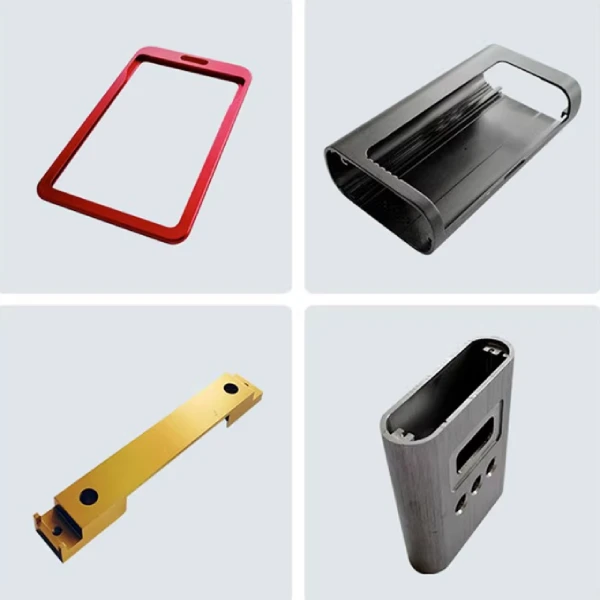
Get An Instant Quote Now!
Supro is a professional metal fabrication manufacturer. Leveraging advanced equipment, extensive manufacturing experience, and a specialized engineering team, we provide perfect metal cutting services to over 3,000 companies worldwide, offering genuine manufacturer quotes.
As an industry-leading metal fabrication manufacturer, we efficiently deliver diverse products on schedule. From product design and rapid sheet metal prototype fabrication to mass production, we provide expert technical support and exceptional quality. We offer one-stop manufacturing solutions and highly cost-competitive product supply!



